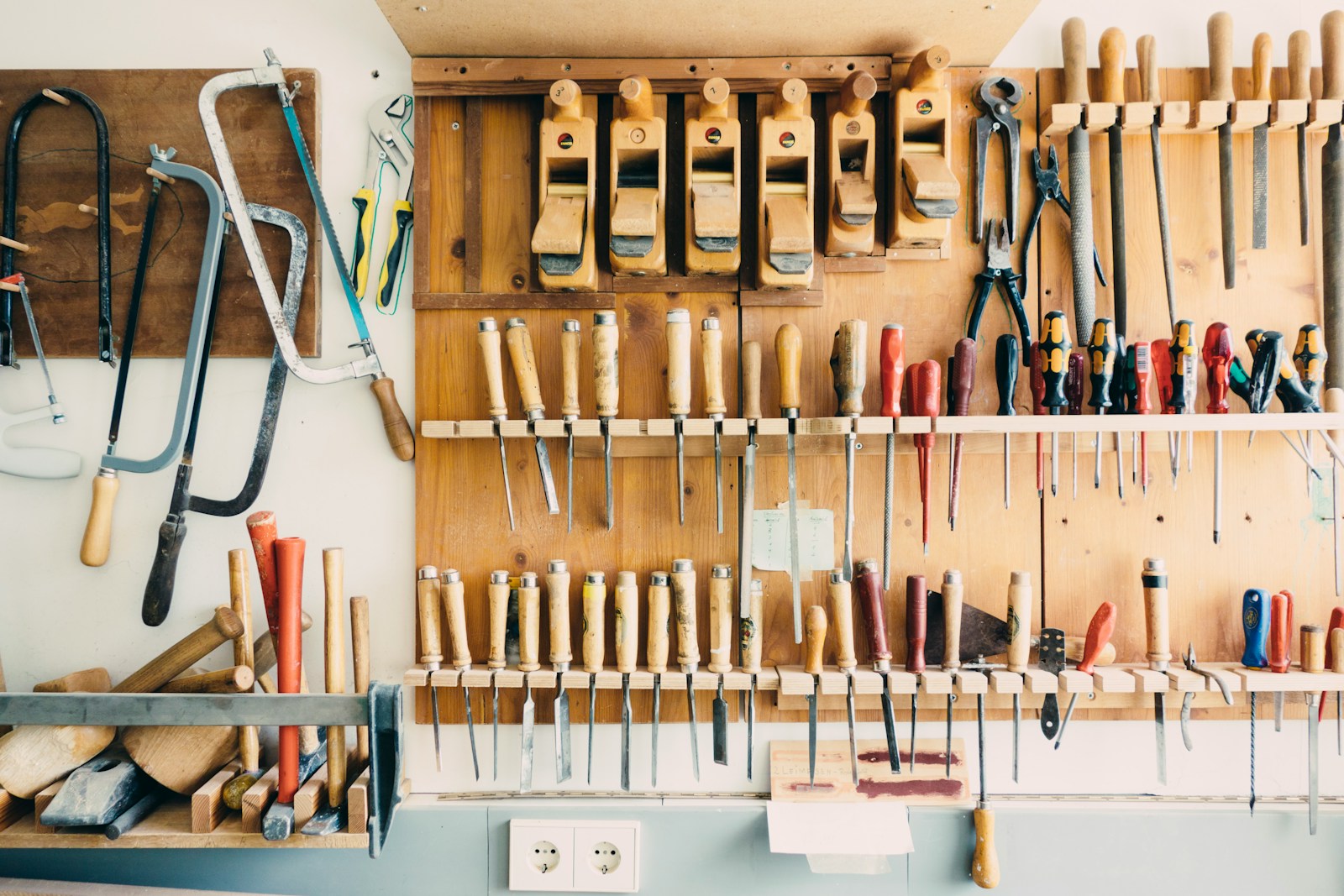In today’s world of increasing consumption and waste, neighborhood tool-sharing libraries have emerged as a practical solution that promotes sustainability, community connection, and economic efficiency. Think about it: the average power drill is used for just 12-15 minutes in its entire lifetime, yet nearly every household owns one. By creating a system where neighbors can borrow rather than buy tools they’ll rarely use, communities can reduce environmental impact while fostering stronger interpersonal bonds.
This comprehensive guide will walk you through everything you need to know to establish a successful neighborhood tool-sharing library—from initial planning to long-term sustainability strategies.
Understanding the Benefits of Tool Sharing

Tool-sharing libraries offer multiple advantages that extend beyond simple convenience. First, they significantly reduce consumption by allowing dozens of people to share resources rather than each purchasing identical items that sit unused most of the time. Second, they create substantial financial savings for participants, as quality tools—especially power tools and specialized equipment—often come with hefty price tags that many households can’t easily afford.
Third, tool libraries foster community resilience by creating networks of interdependence and resource-sharing that can prove invaluable during challenging times. Finally, these initiatives help reduce waste and environmental impact by decreasing the number of tools manufactured, shipped, and eventually discarded—making them a practical environmental solution anyone can participate in.
Assessing Community Interest and Needs

Before diving into the logistics of setting up your tool library, it’s essential to gauge community interest and identify specific tool needs. Start by creating a simple survey using platforms like Google Forms or SurveyMonkey to distribute through neighborhood social media groups, community bulletin boards, or local email lists. Include questions about what tools residents already own and would be willing to contribute, which tools they would most likely borrow, and how often they anticipate using the service.
Consider hosting an informal neighborhood meeting to discuss the concept, address questions, and gather additional input face-to-face. This preliminary research serves two crucial purposes: it helps determine if there’s sufficient interest to make the effort worthwhile, and it provides valuable data about what types of tools should be prioritized when building your initial inventory.
Forming a Core Organizing Team
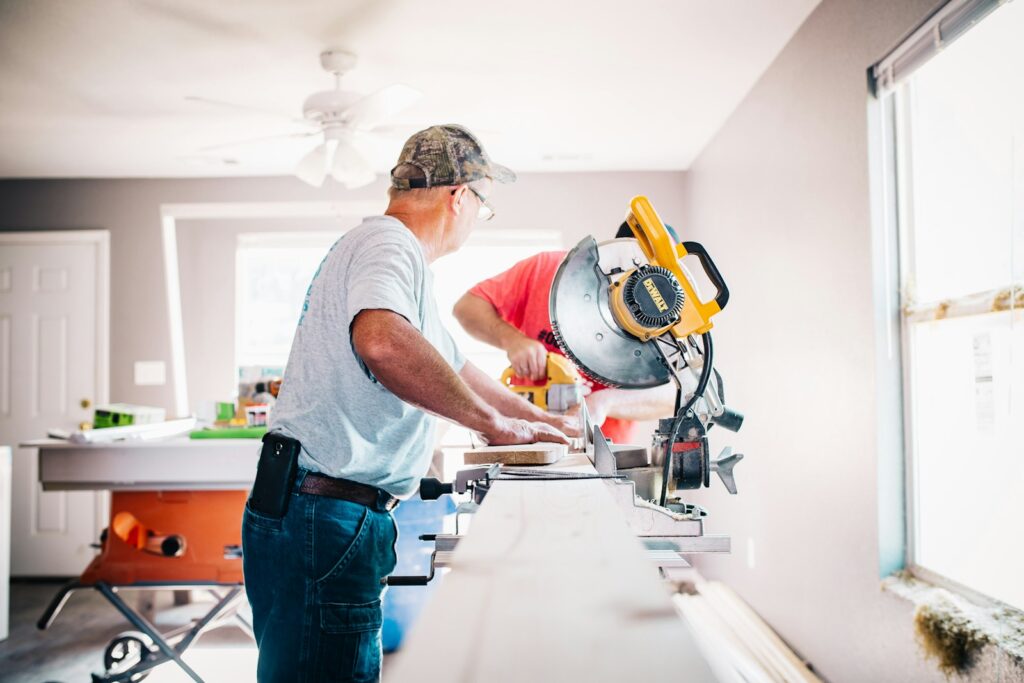
Creating and maintaining a tool library requires ongoing effort that’s best distributed among a dedicated team of volunteers. Ideally, recruit 5-7 core organizers with diverse skills and connections within the community. Look for individuals with experience in areas like inventory management, basic tool repair, community organizing, web development, or legal matters. Establish clear roles based on each person’s strengths—for example, someone with mechanical aptitude might oversee tool maintenance, while a detail-oriented person might manage the checkout system.
Schedule regular meetings to distribute tasks and ensure everyone remains engaged and accountable. Remember that sharing leadership responsibilities not only prevents burnout but also ensures the library’s sustainability even if some volunteers need to step back temporarily.
Finding a Suitable Location
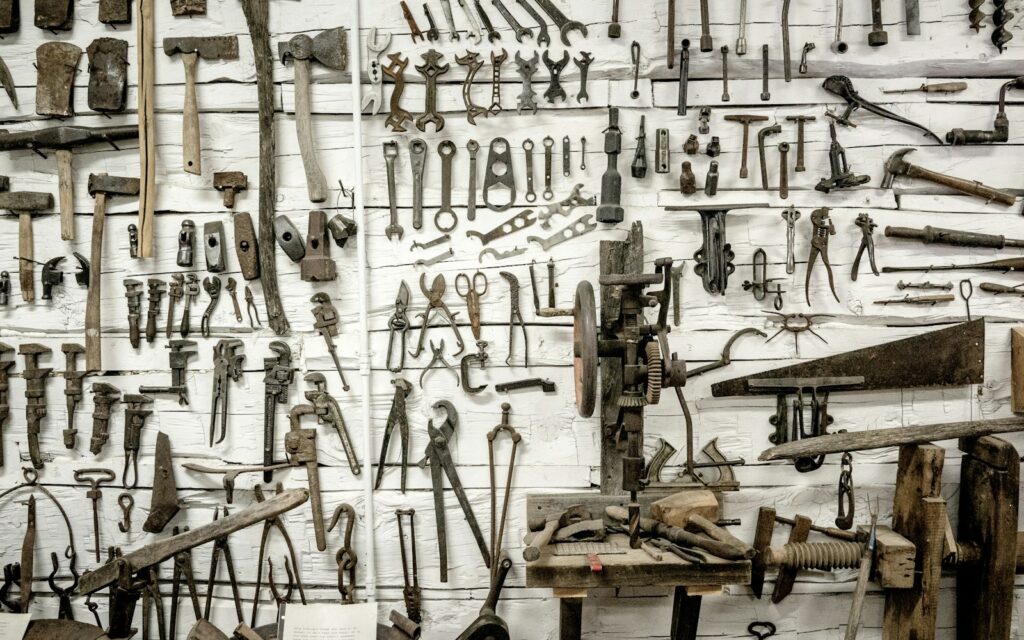
The physical home of your tool library significantly impacts its accessibility and success. The ideal location should be centrally located within your neighborhood, secure from theft or vandalism, protected from weather elements, and accessible during convenient hours. Common options include a dedicated shed in a volunteer’s yard, a section of someone’s garage, a rented storage unit, or space donated by a community center, local business, or religious institution.
Consider whether your location needs electricity for testing battery-operated tools, sufficient lighting for inventory management, and enough space for both storage and the checkout process. If using private property, draft a simple written agreement that clarifies liability issues and establishes what happens if the property owner can no longer host the library. Remember that the location may need to evolve as your collection grows—starting small with plans for expansion often works best.
Building Your Initial Tool Inventory
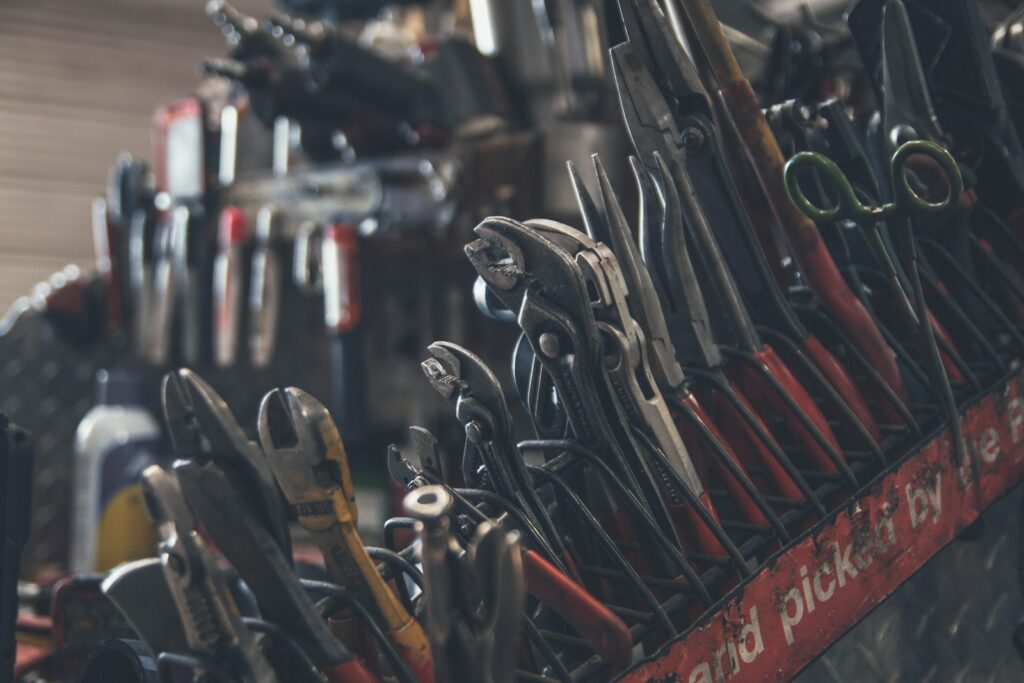
Your tool collection forms the heart of the library, so carefully consider how to acquire a useful and diverse initial inventory. Begin by organizing a neighborhood tool drive, asking residents to donate tools they rarely use but are in good working condition. Supplement donations with strategic purchases by focusing first on high-demand items identified in your community survey—often including power drills, ladders, pressure washers, and specialized garden tools.
Consider approaching local hardware stores or tool manufacturers for sponsorships or donations, highlighting the community goodwill and potential advertising opportunities such partnerships offer. When accepting donations, implement quality standards to avoid becoming a dumping ground for broken tools—politely decline items that require significant repairs unless you have volunteers with the skills to refurbish them. Document each tool’s source, either as a permanent donation or as a long-term loan where ownership remains with the original owner.
Developing an Organizational System
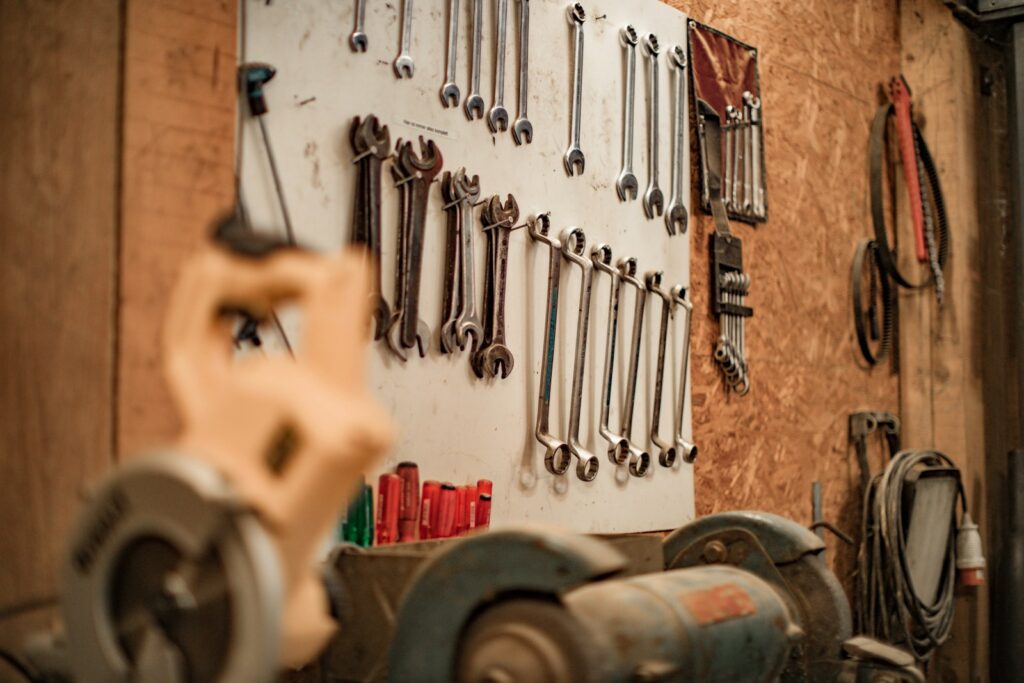
A well-organized inventory system ensures tools can be easily located, tracked, and maintained. Begin by categorizing tools by type (carpentry, gardening, plumbing, etc.) and assigning each tool a unique identification number using durable tags, engraving, or permanent markers. Create a comprehensive inventory spreadsheet or database that includes each tool’s ID number, description, brand, condition, maintenance requirements, approximate value, and origin (donated or loaned).
Consider using free inventory management software designed for tool libraries, such as myTurn or Local Tools, which offer features specifically designed for community sharing initiatives. Physically organize tools in a logical manner, using pegboards for hanging tools, shelving units for power tools, and bins for smaller items—all clearly labeled. Implement a visual system, such as color-coding categories, to make returning tools to their proper locations intuitive even for volunteers unfamiliar with the entire inventory.
Creating Borrowing Policies and Procedures
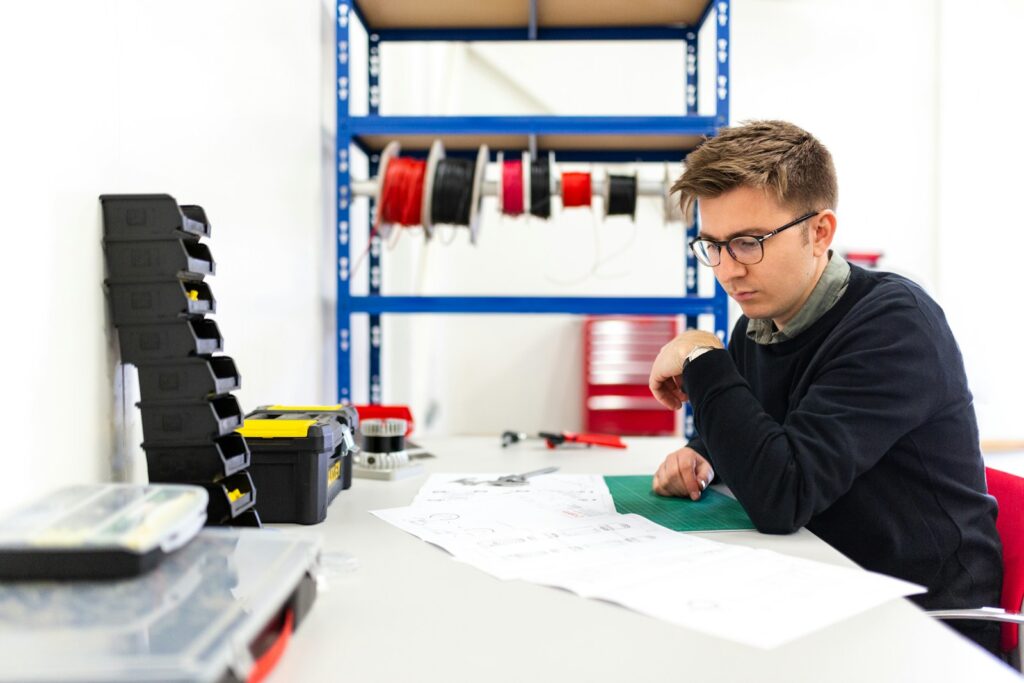
Clear policies create a framework that keeps your tool library functioning smoothly and fairly for all participants. Establish straightforward borrowing terms that specify loan durations (typically 3-7 days), maximum number of simultaneous checkouts per household, and any usage fees or suggested donations. Develop a membership structure that might include an annual household contribution (often $20-50) to cover operational costs while keeping the service accessible to all community members regardless of financial means.
Create a simple liability waiver that all members must sign, acknowledging they understand proper tool usage and accept responsibility for returning items in similar condition. Design efficient checkout and return procedures using either physical sign-out sheets or digital systems depending on your volunteers’ technical comfort level. Make sure to document late return protocols, including reminder systems and potential consequences for consistently late or damaged returns.
Setting Up a Reservation System
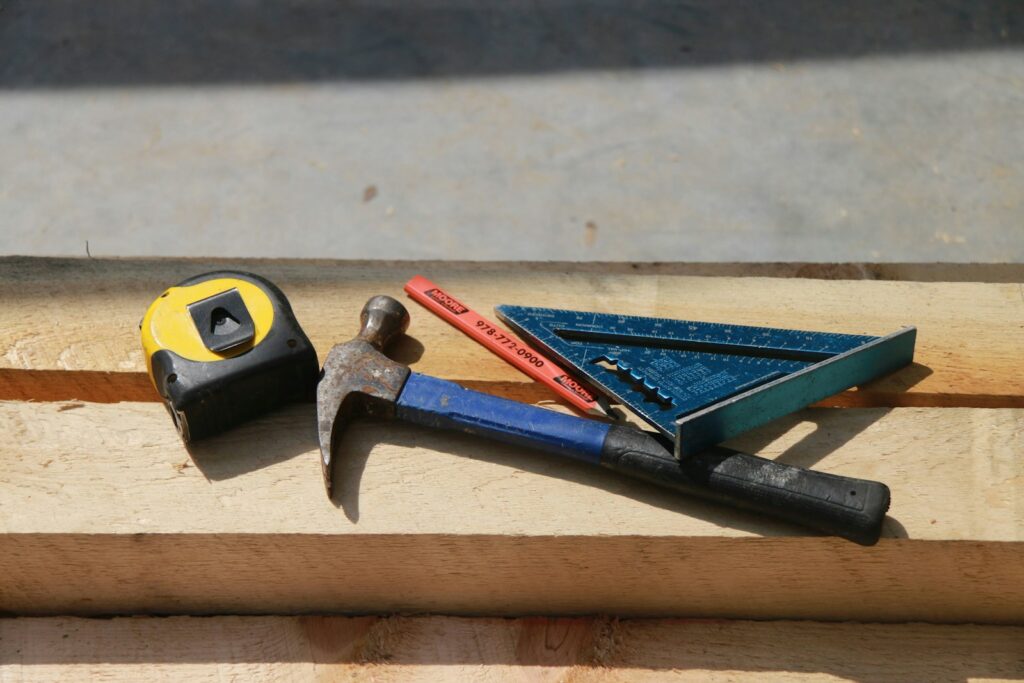
An effective reservation system helps prevent conflicts and ensures fair access to popular tools. For smaller libraries, a simple shared Google Calendar where members can book tools in advance often works well, requiring minimal technical expertise to set up and maintain. Larger operations might benefit from dedicated tool library software platforms that integrate inventory management with reservation capabilities, such as Tool Librarian or ShareTribe.
Establish reasonable time frames for reservations—allowing bookings 2-3 weeks in advance balances planning needs with preventing excessive monopolization of popular items. Create policies for high-demand seasonal tools like lawn mowers or snow blowers, potentially implementing shorter borrowing periods during peak seasons. Consider implementing a waitlist system for popular items that automatically notifies the next person in line when a tool becomes available, maximizing usage efficiency while minimizing administrative work.
Maintaining Tools and Managing Repairs
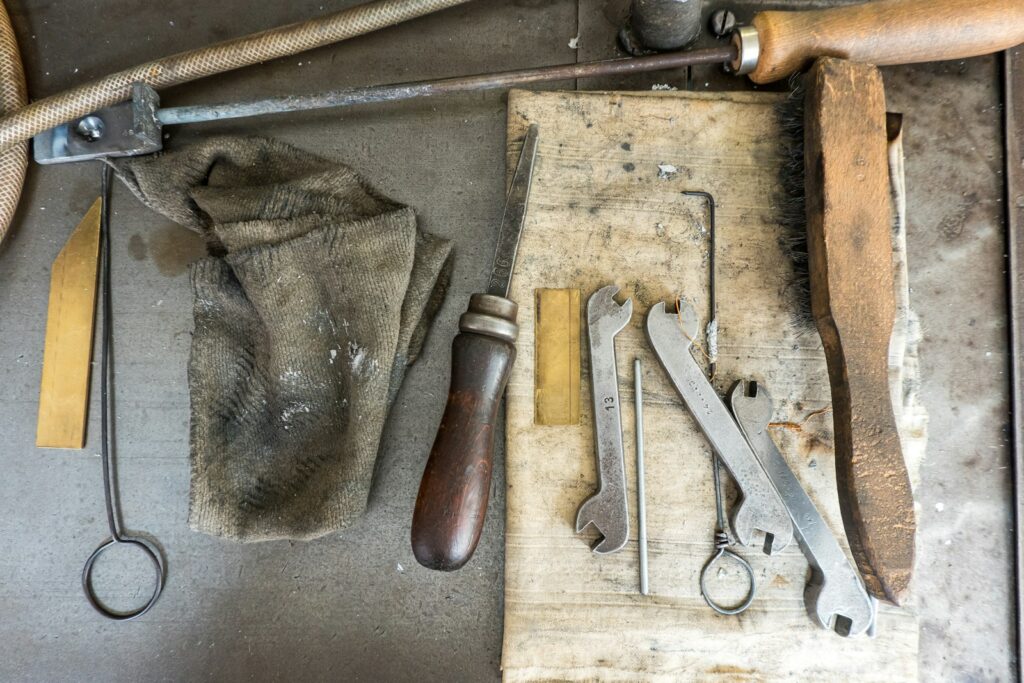
Regular maintenance extends tool lifespan and ensures safety for all borrowers. Implement a routine inspection process where returned tools undergo a quick condition check before being made available again, with special attention to electrical safety for power tools and blade sharpness for cutting implements. Develop simple maintenance cards for each tool outlining basic care requirements—such as cleaning guidelines, lubrication needs, or battery charging procedures—that borrowers must complete before returning.
Establish relationships with local repair professionals who might offer discounted services for community initiatives, or recruit skilled volunteers who can handle more complex repairs. Create a dedicated maintenance fund from membership fees to cover inevitable repair costs and replacement of worn-out tools. Consider hosting seasonal tool maintenance workshops where members learn proper care techniques while collectively servicing the library’s inventory—building skills within your community while maintaining your resources.
Securing Funding and Sustainability
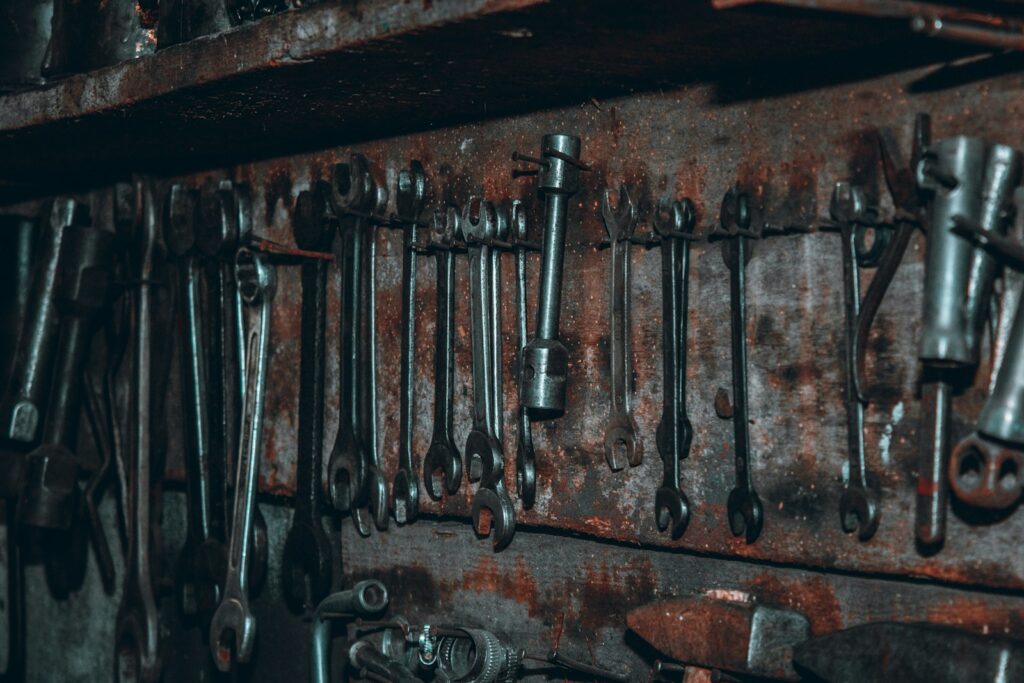
Financial sustainability ensures your tool library can operate long-term without volunteer burnout. Create a basic annual budget accounting for new tool acquisitions, repairs, storage costs, insurance, and any software subscriptions or administrative expenses. Explore diverse funding sources including membership fees, optional usage donations, community fundraisers, grant opportunities from local foundations interested in sustainability initiatives, or corporate sponsorships from businesses that align with your mission.
Consider implementing a “suggested donation” model for borrowing high-value or high-maintenance tools like pressure washers or lawn aerators to offset their specific costs. Establish a small emergency fund to cover unexpected expenses, such as replacing a valuable tool that’s damaged beyond repair. For long-term sustainability, document all procedures thoroughly so new volunteers can easily step in when original organizers move on, ensuring institutional knowledge persists beyond any individual’s involvement.
Building Community Around Your Tool Library

The most successful tool libraries evolve beyond mere lending facilities into community hubs that foster connection and skill-sharing. Schedule regular skill-building workshops where knowledgeable community members teach others how to use specialized tools safely and effectively—perhaps a session on basic plumbing repairs or furniture restoration techniques. Organize community service days where members collectively tackle projects benefiting the neighborhood using library tools, such as building a community garden or helping elderly residents with home maintenance.
Create communication channels like a newsletter, social media group, or messaging platform where members can ask questions, share project ideas, or coordinate tool pickups. Consider hosting seasonal events like “Spring Tool Tune-Up Day” or “Winter Project Showcase” that bring participants together while supporting the library’s mission. These community-building activities transform your tool library from a transactional service into a neighborhood institution that strengthens social bonds while meeting practical needs.
Handling Legal and Insurance Considerations

Addressing potential liability issues protects both organizers and participants. Consult with a lawyer familiar with community organizations to determine the appropriate legal structure for your tool library—options include operating under an existing neighborhood association, forming a dedicated nonprofit, or establishing a simple unincorporated association. Create comprehensive liability waivers that clearly outline user responsibilities, including proper tool operation, safety precautions, and liability for damages.
Research insurance options that might include general liability coverage, property insurance for the tool inventory, or specialized coverage for community sharing initiatives. Consider implementing safety training requirements for potentially dangerous tools like chainsaws or pressure washers, where members must demonstrate competence before borrowing. Document all policies thoroughly and ensure they’re clearly communicated to all participants, as transparency about risk and responsibility forms the foundation of community trust in your initiative.
Expanding Beyond Basic Tools
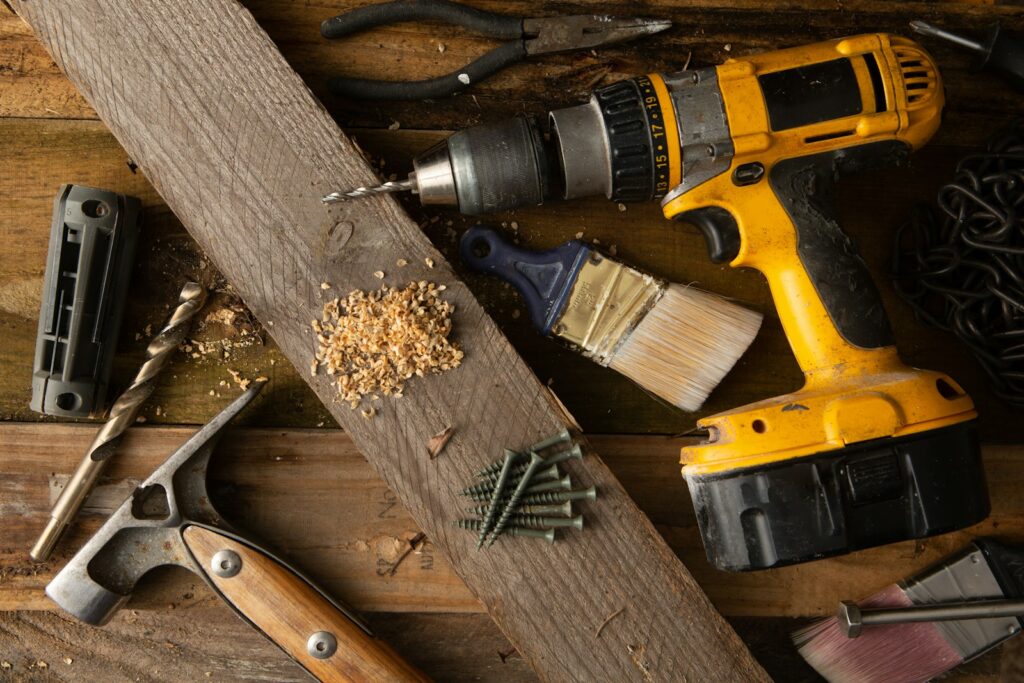
As your library matures, consider broadening your offerings to meet diverse community needs. Survey members about specialty equipment they’d find valuable but can’t justify purchasing individually—items like carpet cleaners, tile saws, canning equipment, or camping gear often top these wish lists. Consider creating themed kits that bundle related tools for specific projects, such as a “hanging pictures kit” with a stud finder, level, hammer, and picture hanging hardware, or a “bike maintenance kit” with specialized wrenches and tire repair tools.
Explore partnerships with other sharing initiatives like seed libraries, toy libraries, or kitchen equipment exchanges to cross-promote services and potentially share administrative resources. Based on usage patterns, selectively add higher-value items that serve genuine community needs while maintaining a sustainable budget—perhaps investing in a quality table saw or professional-grade garden tiller that multiple households can benefit from. Remember that expansion should always be driven by demonstrated community needs rather than accumulation for its own sake.
Measuring Impact and Adapting to Feedback
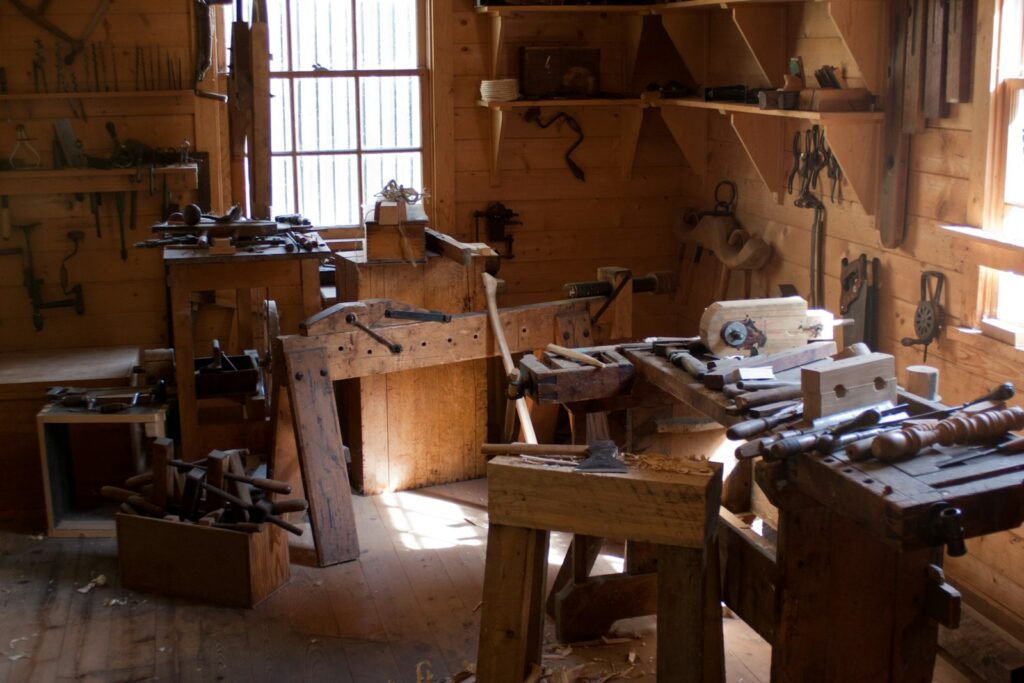
Regularly evaluating your tool library’s performance helps refine operations and demonstrate value to stakeholders. Track key metrics including number of active members, total borrows per month, most and least popular tools, volunteer hours contributed, and estimated community savings compared to individual purchases. Implement periodic member surveys asking for feedback about tool selection, borrowing procedures, and suggestions for improvement. Calculate environmental impact through metrics like number of tools diverted from individual purchase or estimated manufacturing resources saved.
Use this data not only for internal improvements but also for grant applications, sponsor reports, and community outreach. Remain flexible and willing to evolve based on usage patterns—perhaps adjusting hours of operation, modifying borrowing periods for seasonal items, or implementing reservation limits for perpetually booked tools. This commitment to continuous improvement ensures your tool library remains relevant and valuable to the community it serves.
The Power of Shared Resources
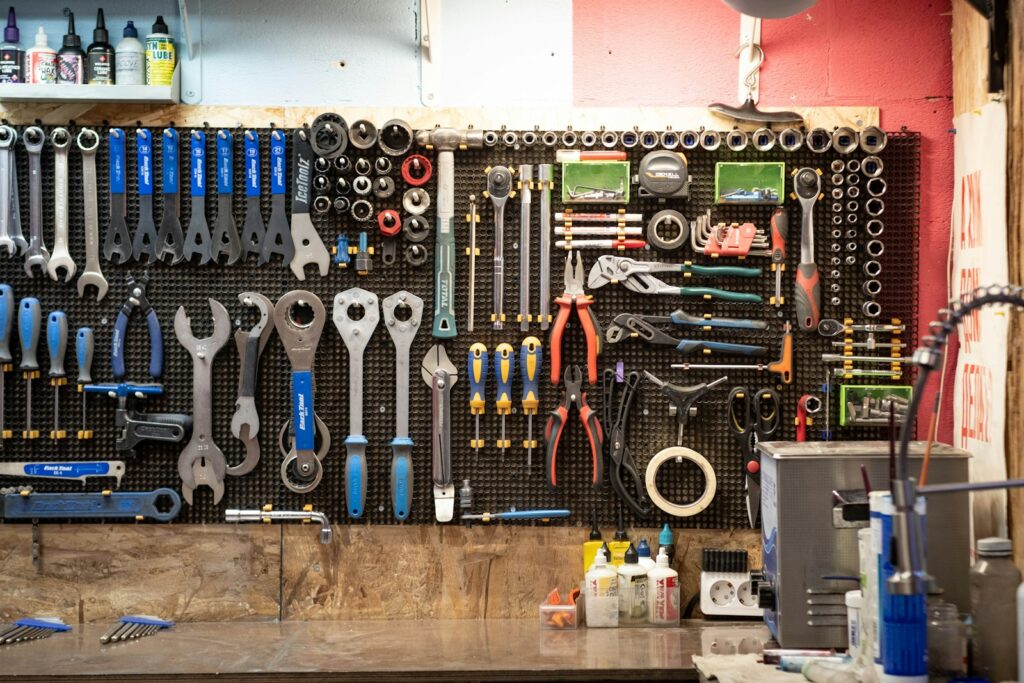
Starting a neighborhood tool-sharing library represents more than just a practical solution to reduce waste and save money—it’s a powerful way to strengthen community bonds and resilience. By pooling resources, neighbors not only gain access to a wider variety of tools than they could individually afford but also forge connections through shared projects and knowledge exchange. While establishing such a library requires careful planning and ongoing commitment, the benefits extend far beyond the practical convenience of borrowing a pressure washer or specialized saw.
In times when many feel increasingly disconnected from their immediate communities, tool libraries offer a tangible way to rebuild local relationships while addressing environmental and economic challenges. With thoughtful implementation of the strategies outlined above, your neighborhood tool library can become a valued institution that serves as a model for collaborative consumption and community self-reliance.

